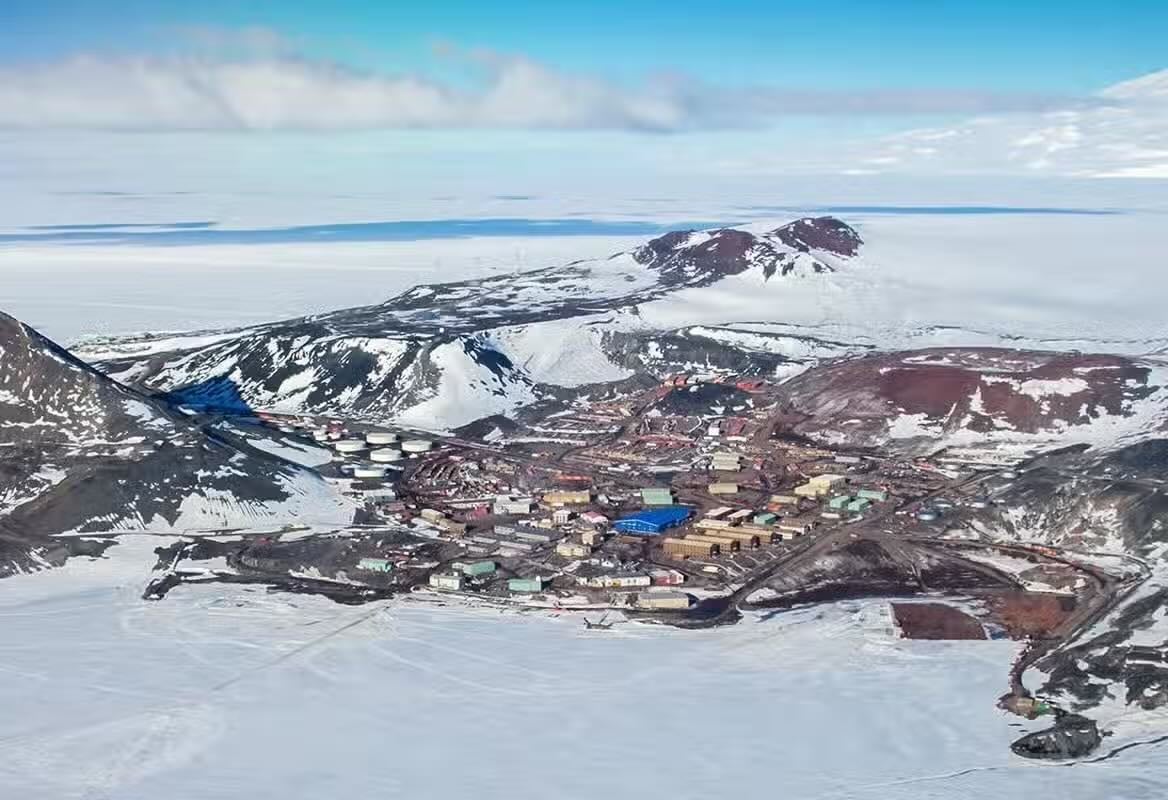Satellite Technology Reveals a Hidden World Under East Antarctica
Beneath the vast ice sheet of East Antarctica, scientists have discovered a stunning prehistoric landscape—untouched for over 34 million years. This newly uncovered terrain, locked beneath nearly two kilometers of ice, offers a rare glimpse into Earth’s distant past and critical insights for understanding the future of climate change and glacial behavior.
What Lies Beneath the Ice? A River-Carved World the Size of Wales
Using advanced satellite data from Canada’s RADARSAT, researchers from Durham University, led by Stewart Jamieson, detected subtle changes on the ice’s surface. These variations revealed a hidden terrain below: an ancient river valley system, preserved since before the Antarctic Ice Sheet formed.
“It’s like uncovering a time capsule,” said Jamieson. “This landscape predates the ice sheet and has remained undisturbed ever since.”
Once part of the supercontinent Gondwana, Antarctica was once lush with flowing rivers, dense forests, and dinosaurs. But around 34 million years ago, global temperatures dropped and glaciers began to expand, eventually burying the continent beneath a frozen layer more than 10 million square kilometers wide.
How Antarctica Looked Before It Froze Over
Back in the Eocene epoch, Antarctica’s environment was drastically different. The newly mapped subglacial valleys and ridges reflect a time when rivers shaped the bedrock instead of glaciers. This discovery reveals that much of East Antarctica’s ancient landscape remains remarkably intact.
As glaciers formed and spread, areas like the Gamburtsev and Transantarctic Mountains became central to ice accumulation, transforming a once-green continent into the icy desert we know today.
Goodbye to energy dependence – Alaska discovers more than 1,200 TWh hidden under the ice, and the find could change the world
Goodbye Pepsi: Costco makes a major decision that completely changes its strategy with sugary drinks
Satellite Mapping and Radio-Echo Sounding Expose Ancient Features
The discovery was made possible through a combination of RADARSAT data and radio-echo sounding (RES) from the ICECAP project, which measures how radar waves bounce off subglacial surfaces. These tools allowed scientists to detect hidden:
-
Mountain ranges
-
Canyons
-
Riverbeds
-
Lakes
The research team also used flexural modeling to determine whether elevated areas beneath the ice were once part of a continuous surface, now eroded by ancient water flow. These findings are reshaping our understanding of the East Antarctic Ice Sheet’s early formation.
Why This Matters: Climate Change and Ice Sheet Behavior
Understanding the formation and evolution of the East Antarctic Ice Sheet (EAIS) is crucial for forecasting its response to global warming. The EAIS contains enough ice to raise global sea levels significantly if it were to retreat.
Key findings from the study—published in Nature Communications—indicate:
-
Ancient landscapes can remain preserved beneath ice for tens of millions of years.
-
Subglacial terrain offers clues about past climate events.
-
The EAIS is vulnerable to warming, especially in marine-based sectors like the Aurora and Wilkes Basins.
“These hidden landscapes help us better understand how glaciers respond to changing climate,” Jamieson said. “That’s essential for improving our sea-level rise projections.”
Unlocking Earth’s Past to Predict Its Future
This remarkable discovery highlights how cutting-edge satellite technology is allowing scientists to look back in time. By studying subglacial geology, researchers are drawing connections between Earth’s past and our warming future.
How detonating a nuclear bomb could protect planet Earth
Buys a coal mine for $2 million and discovers metals worth up to $36 billion
What This Means for the Planet
-
Reconstructing ancient climates helps refine future climate models.
-
Subglacial preservation shows that ecosystems can survive under ice, providing hope for other frozen regions.
-
The research supports global efforts to monitor polar regions and adapt to climate shifts.
Final Thoughts: A New Chapter in Antarctic Exploration
The frozen world beneath East Antarctica isn’t just a geological curiosity—it’s a vital piece of the climate puzzle. As technology improves, scientists expect to uncover more secrets buried beneath the ice, opening new doors to Earth’s climatic history and its future resilience.
“The sky may hold satellites,” Jamieson said, “but the ice holds Earth’s memory.”
